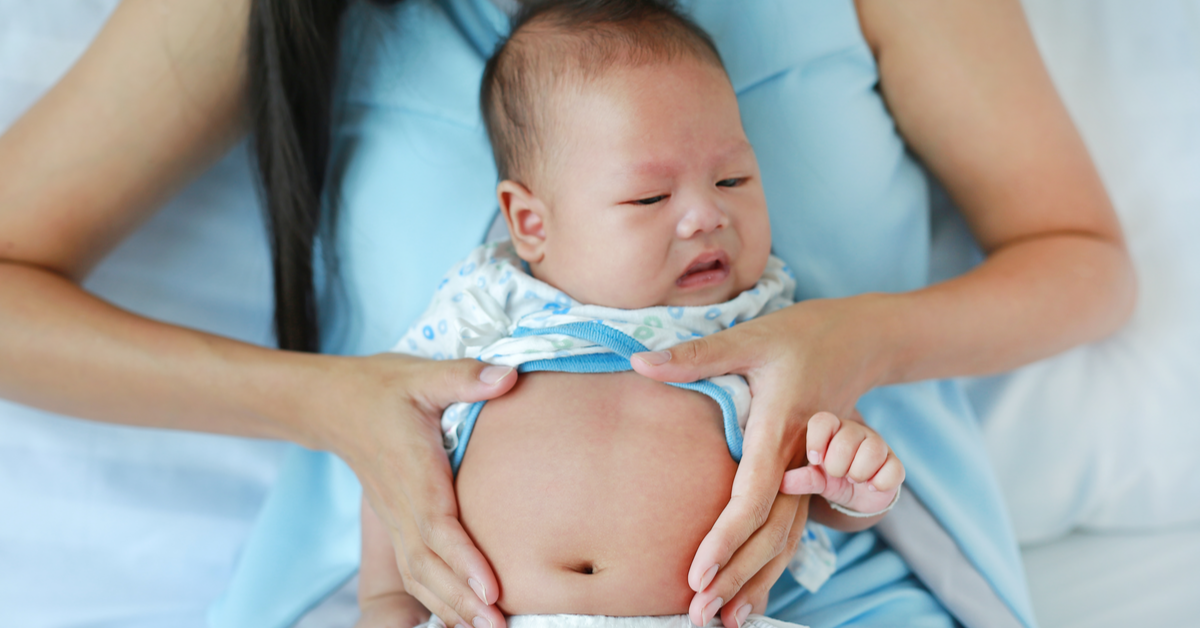Ulcer, which is generally thought to occur in advanced ages, is a disease that can be seen in children and even in new-born babies. Parents need to pay great attention to cleanliness and hygiene rules so that children do not get ulcer disease.
Dr. Pınar Balgoz, Medical Park Health Group Bahçelievler Hospital Pediatrics Specialist, answered our questions about ulcers in babies.
What Are the Causes of Peptic Ulcer?
Dr. Pınar Balgöz: Ulcer occurs with symptoms such as abdominal pain, heartburn, nausea, vomiting and loss of appetite in children as in adults. Peptic ulcers can be seen in infants and children.
In peptic ulcer, a wound is formed on the inner surface of the duodenum, which is the beginning of the small intestine in the stomach. According to studies, peptic ulcers are mostly caused by a bacteria called “helicobacter pylori”. Studies confirm that this bacterium is also common in children.
Helicobacter, which is a common bacterial species in our country, is more common in crowded family environments. However, some factors other than this bacterium can also cause ulcers. For example, using too many painkillers and drugs in children is among the reasons that accelerate the formation of ulcers. In addition, the stress experienced during head trauma, burns and severe infections also causes the formation of ulcers.
Why Does Peptic Ulcer Occur in Newborn Babies?
Dr. Balgoz: Peptic ulcers can be seen in babies even when they are newly born. However, ulcers in new-borns usually occur due to reasons such as infection or trauma. According to studies, there is no increase in the rate of stomach ulcers and duodenal ulcers in children between the ages of 1 month and 6 years.
Is Kissing Babies Also a Cause of Ulcers?
Dr. Balgoz: We can’t help but kiss our babies, right? Sometimes we bite their cheeks, go even further and kiss them on the lips. We never thought that we would infect them. However, this behaviour can cause many diseases for babies, especially ulcers.
Not only with kissing, but also with some of our habits, we can inadvertently transmit many microbes to children. One of the most common mistakes is to taste the food with the same spoon to see if the food is cold or hot while feeding babies.
With this type of behaviour, they can transmit bacteria to children because bacteria that cause ulcers are usually transmitted to children and babies by mouth. In order to prevent the transmission of this bacteria, we recommend that you do not kiss your child on the lips and near the mouth. In addition, it is necessary to give up the habit of feeding the child by tasting from the same spoon.

How to Diagnose If Your Baby Has a Peptic Ulcer?
Dr. Balgoz: It is not easy for experts to diagnose ulcers in children because children cannot fully explain their discomfort. They often show around the navel but have difficulty expressing exactly where the pain is. So, how can you understand this disease that even experts have difficulty in diagnosing?
In young children and infants, ulcer disease is more likely to show signs of restlessness, crying spells after meals, and nausea. The most basic symptom of ulcer in children can be very severe abdominal pain. Burning abdominal pain usually occurs 2-3 hours after meals.
In children, as in adults, this disease often causes vomiting, loss of appetite and weight loss. Also, if your child has a peptic ulcer, she may experience anaemia due to iron deficiency, among other symptoms.
In addition to these symptoms, bad breath and dark stools can be seen in children with ulcers. That’s why families need to be extremely careful.
How Is Peptic Ulcer Diagnosed and Treated?
Dr. Balgoz: Today, endoscopy is one of the most used methods in the diagnosis of peptic ulcer. With this method, the ulcer can be seen directly, and the cause of the ulcer can be determined by taking a tissue biopsy.
Endoscopy can be easily performed for all age groups starting from the new-born baby. Endoscopy in children is performed by a specialized paediatric gastroenterologist. Children are put to sleep with drugs during endoscopy, so they don’t feel and remember the endoscopy.
The dimensions of the endoscope used in children are smaller than those used in adults. This medical procedure takes 15-20 minutes and then the child can be discharged from the hospital as soon as she wakes up.
A definitive diagnosis can be made by seeing the bacterium under a microscope and growing it through culture. Since the presence of antibodies against bacteria in the blood is accepted as the biggest indicator of ulcer, urea, breath and stool tests are also performed. In this way, the diagnosis of Helicobacter pylori microbe can be made more easily.
Ulcers in children can be treated with medication. Today, it is a known fact that the most important factor in the formation of ulcers is the bacteria called “Helicobacter”. Therefore, to destroy this bacterium in the digestive system, appropriate antibiotics, drugs that reduce stomach acid and protect the stomach lining are given to the patient. A high success rate of 90-95% is achieved with drug treatment in ulcer disease.
Would you like to share your experiences and questions as a comment?
Have a nice and healthy day!







